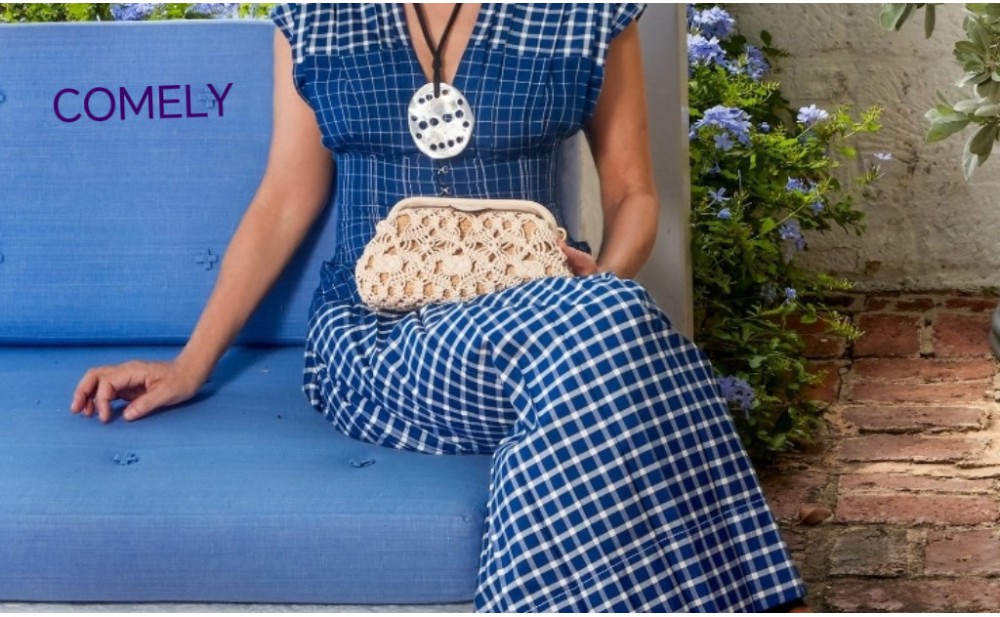McCardell fashion handbag

McCardell Fashion Handbag
Claire McCardell, described as “American as apple pie”, began her professional life sketching Paris fashions for the American mass market, but eventually, in her own words, she translated them into ”American fabrics, making them a little easier, a little more casual, a little less self-conscious, and a little more American”.
Most of her garments contained capacious pockets that imitated the ease inherent in the get-up-and –go of menswear. The large-scale manufacturers of the newly industrialized American fashion industry responded to these fresh new ideas and began producing fashionable clothes for the burgeoning easy-to-wear market.
McCardell knew that American women wanted clothes that worked; she understood that if there was something she herself needed that didn’t already exist, then other women needed it too. When hearting costs were high during the war, when produced long-sleeved evening dresses in wool.
When introduced the dancer’s leotard to daywear in vivid colored jersey, and tailored suits in denim and striped linen, all of which responded to the modern need for practical clothes that appealed to a younger market, rather than the matron.
1950s The American Fashion Industry
Although Pauline Trigere was one of the most popular American couturiers of the 1950s, she was born in France. The red leather handbag, designed in 1952, has all the hallmarks of her classic American style.
The designer’s problem-solving clothes generally precluded the need for a handbag. Her coat dress, worn over a bathing suit, could be unbuttoned and spread out on the sand. It had a huge pocket to carry sun cream and make-up items.
McCardell was the forerunner of American sportswear, known as causal wear in Europe. Hattie Carnegie had earlier seen the potential for lower-priced garments
When, alongside her luxury brand, she had inaugurated a “Spectator Sportsline” during the years of the American Depression.
